Understanding Single Pole Switches
Definition and Functionality
A single pole switch, characterized by its simplicity, has one input and one output, operating in two states: "on" or "off." This type of switch is either wired normally open or normally closed and can be a latching or momentary switch. The term "pole" refers to the number of separate circuits a switch can control; a single-pole switch manages one circuit. "Throw" indicates the number of positions a switch can occupy; a single-pole single throw (SPST) switch operates a circuit in one position, while a single-pole double throw (SPDT) switch can manage two positions, allowing an electrical device to switch between "on" or "standby."

Common Uses and Applications
Single-pole switches are prevalent in everyday life, found in applications such as light switches, alarms, and appliance switches in household devices. These switches are integral to both residential and industrial settings, controlling operations in heavy machinery, metal cutting and bending machines, and even in medical equipment like surgical devices. Approximately 95% of switches produced are single-pole, reflecting their essential role in various applications.
Installation Process
Installing a single-pole switch involves several key steps to ensure safety and functionality. Initially, one should use a wire tester to check for current and ensure the power is off before starting the installation. The standard wiring configuration includes a ground wire, typically green, and two terminal screws that secure the hot (black) and neutral (white) wires. During installation, it's crucial to connect the ground wire properly to the switch's ground screw. The hot wire, coming from the circuit panel, connects to one terminal, while the load wire, leading to the light or appliance, attaches to the other terminal. After securing the wires, the switch is mounted back into the wall box, and the cover plate is reinstalled. Always verify the switch's operation by turning the power back on and testing the switch.
Incorporating these switches into an electrical system requires careful attention to wiring and safety protocols, ensuring that they function as intended without hazards.
Decoding 3-Way Light Switches
Definition and Functionality
A 3-way light switch is designed to control a light or electrical fixture from two distinct locations, offering flexibility not available with a single-pole switch. Unlike the simpler single-pole switch, a 3-way light switch does not have "ON" or "OFF" labels because the switch can be active in either position. It features three terminals: one common and two travelers, as well as a ground terminal for safety. The common terminal connects to the main power source or the light, depending on the switch's position in the circuit, while the traveler terminals handle the interchange of electricity between switches.

Common Uses and Applications
3-way switches are ideal for large spaces or multiple entry points where control over lighting from different locations is necessary. Commonly, they are installed at both ends of a staircase or hallway, allowing the lights to be conveniently turned on or off from either end. This setup not only enhances the functionality of a space but also significantly improves safety and energy efficiency, as lights can be easily controlled as needed without traversing the entire area.
Installation Process
Installing a 3-way switch involves specific steps to ensure correct setup and functionality:
- Safety First: Ensure all power is turned off at the circuit breaker.
- Identify and Label Wires: Identify the common wire and the traveler wires. The common is usually marked by a different color screw or labeled explicitly.
-
Connect the Wires:
- Attach the ground wire to the ground terminal.
- Connect the common wire from the power source to the common terminal on the first switch.
- Attach the traveler wires to the traveler terminals, ensuring consistency in connection between the two switches.
- Secure the Switch: Install the switch into the electrical box, ensuring all connections are tight and secure.
- Test the Setup: Turn the power back on and test the switch functionality from both locations to ensure the wiring is correct and the light operates as intended.
By following these steps, one can effectively install a 3-way light switch, enhancing the control over lighting in various areas of a home or building.
Exploring 4-Way Switches
Definition and Functionality
A 4-way switch is essential when controlling a light or electrical fixture from three or more locations. It is used in conjunction with 3-way switches to facilitate this extended control. The 4-way light switch has four terminals that provide two sets of toggle positions, which allow the current to flow through different paths depending on the switch's position. This setup enables the switch to either open a closed electrical pathway or close an open pathway, making it a versatile component in complex lighting circuits.

Common Uses and Applications
4-way switches are particularly useful in large spaces with multiple entry points. For instance, in a living room with three entrances, a 4-way switch can control the lighting from each entry point, enhancing convenience and energy efficiency. They are also ideal for areas like hallways shaped in a 'T' configuration, where lights need to be controlled from multiple locations. This functionality not only improves the usability of a space but also contributes to safety by allowing lights to be easily managed from various points.
Installation Process
The installation of a 4-way switch requires precision and understanding of its connection with 3-way switches. Here are the key steps:
- Safety First: Always ensure that power is turned off at the circuit breaker before beginning any installation work.
- Wire Identification and Connection: Identify the common and traveler wires from the existing 3-way switches. Connect these wires to the corresponding terminals on the 4-way switch—typically, two brass-colored for travelers and two darker-colored for the common connections.
- Secure and Test: After connecting the wires, secure the 4-way switch in the electrical box, ensuring all connections are tight and correctly aligned. Restore power and test the switch operation from all control points to verify proper installation.
By carefully following these steps, one can successfully integrate a 4-way light switch into their home’s electrical system, significantly enhancing lighting control across multiple locations.
Comparative Analysis of Single Pole, 3-Way, and 4-Way Light Switches
Key Differences
The primary distinction among single pole, 3-way, and 4-way light switches lies in their operational capabilities and wiring complexity. A single pole switch controls one fixture from a single location and is the simplest type, featuring just one ground screw and two hot screws. Conversely, a 3-way switch allows control of a single fixture from two different locations and includes one ground screw, one black common screw, and two brass traveler screws. The 4-way switch extends this functionality further, enabling control from three or more locations when used with two 3-way switches.
Advantages and Disadvantages
Single pole switches are widely favored for their ease of installation and straightforward operation, making them suitable for most basic lighting needs. However, their utility is limited to simple on/off operations from one location. On the other hand, 3-way switches offer greater flexibility by allowing control from multiple locations, which is beneficial in spaces like stairways or long hallways. The complexity of their installation is a slight disadvantage. 4-way switches provide the most extensive control, ideal for large rooms with multiple entry points, but require the most complex installation, involving coordination with 3-way switches.
When to Use Each Type
Choosing the right type of switch depends significantly on the needs of the space and the desired level of convenience. Single pole switches are best used in small rooms or for appliances where single-location control is sufficient. 3-way switches are appropriate for areas with two access points where users benefit from the ability to control lighting from either location, such as hallways or staircases. Finally, 4-way switches are ideal for larger spaces with three or more entrances, ensuring that lighting can be controlled from multiple points within the room, enhancing both convenience and safety.


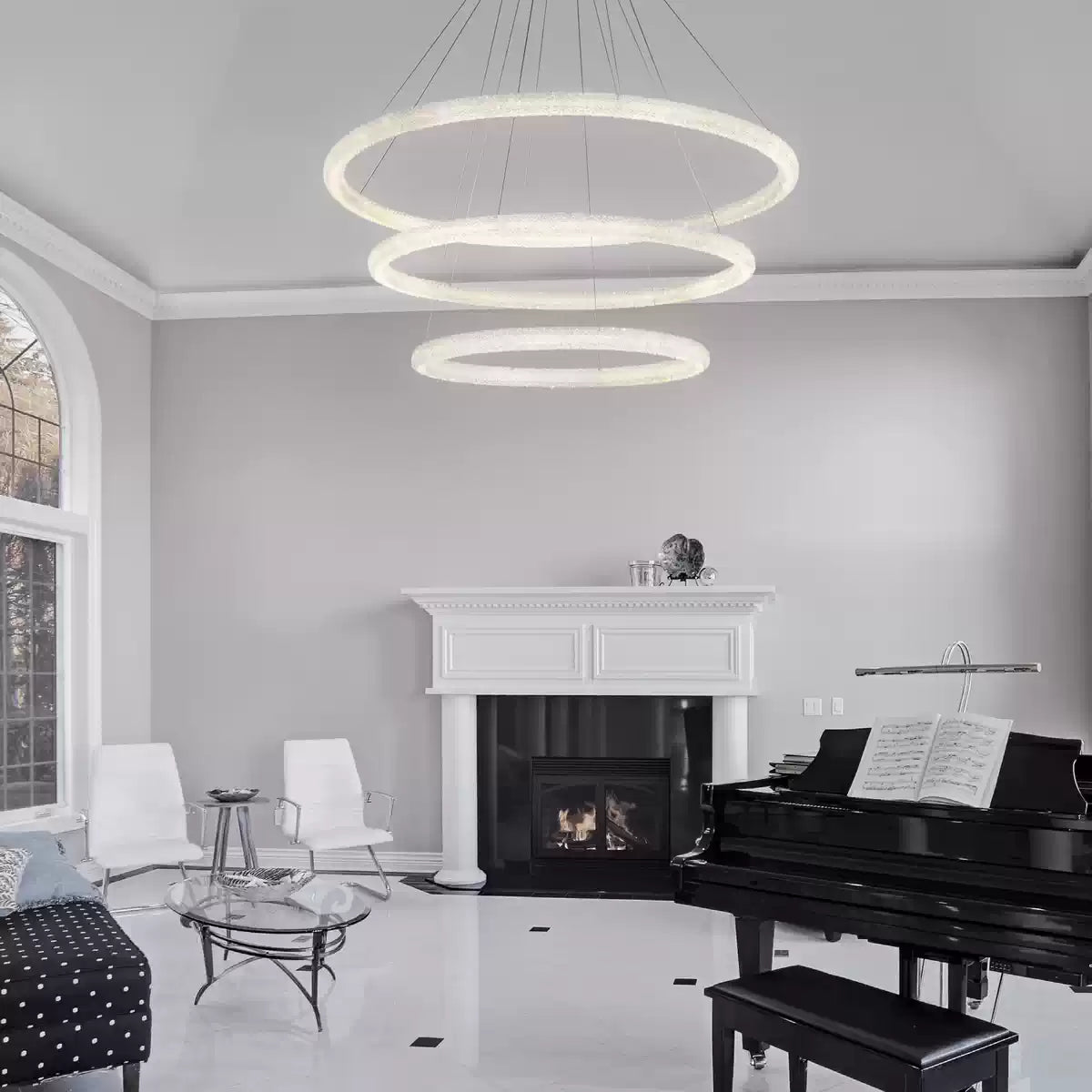
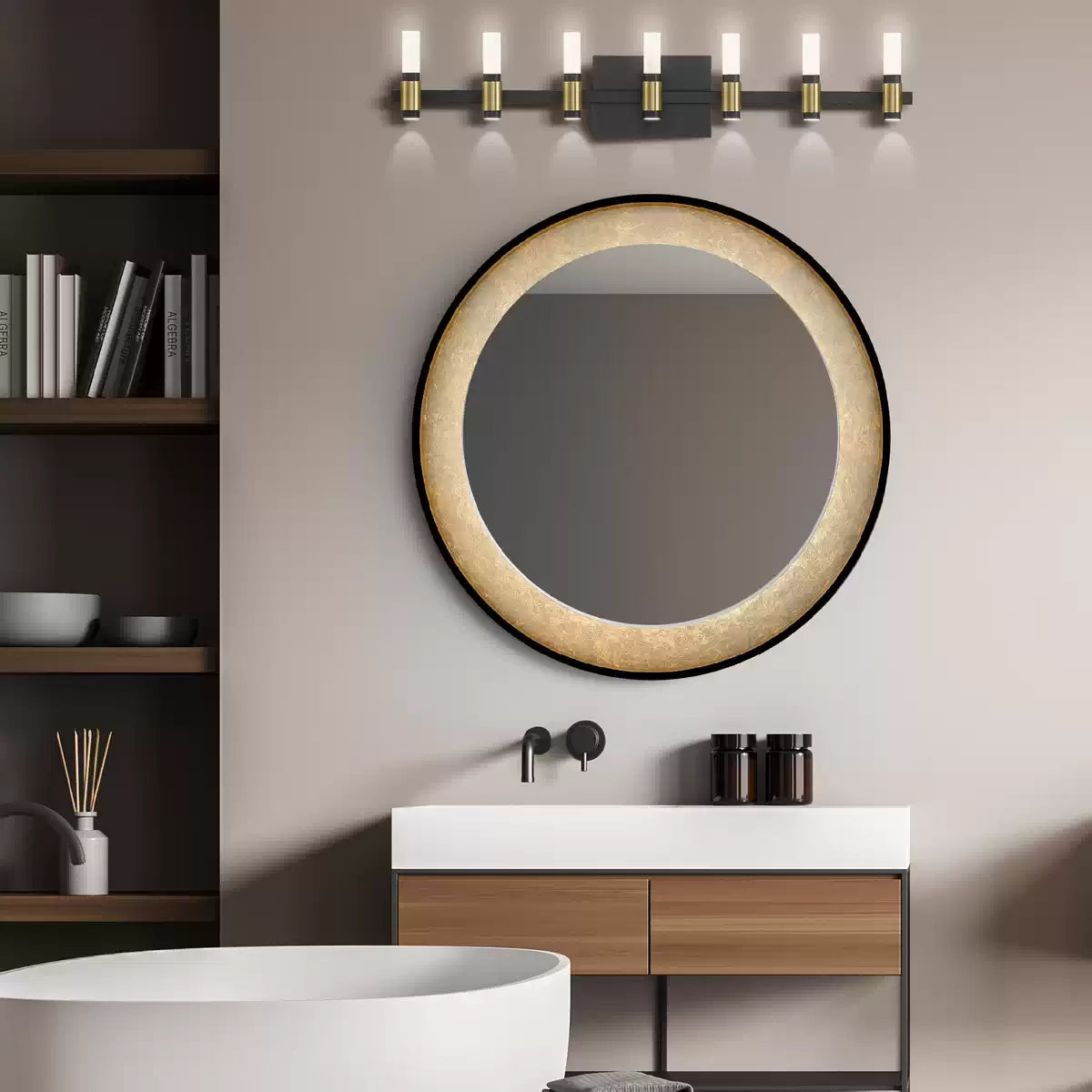
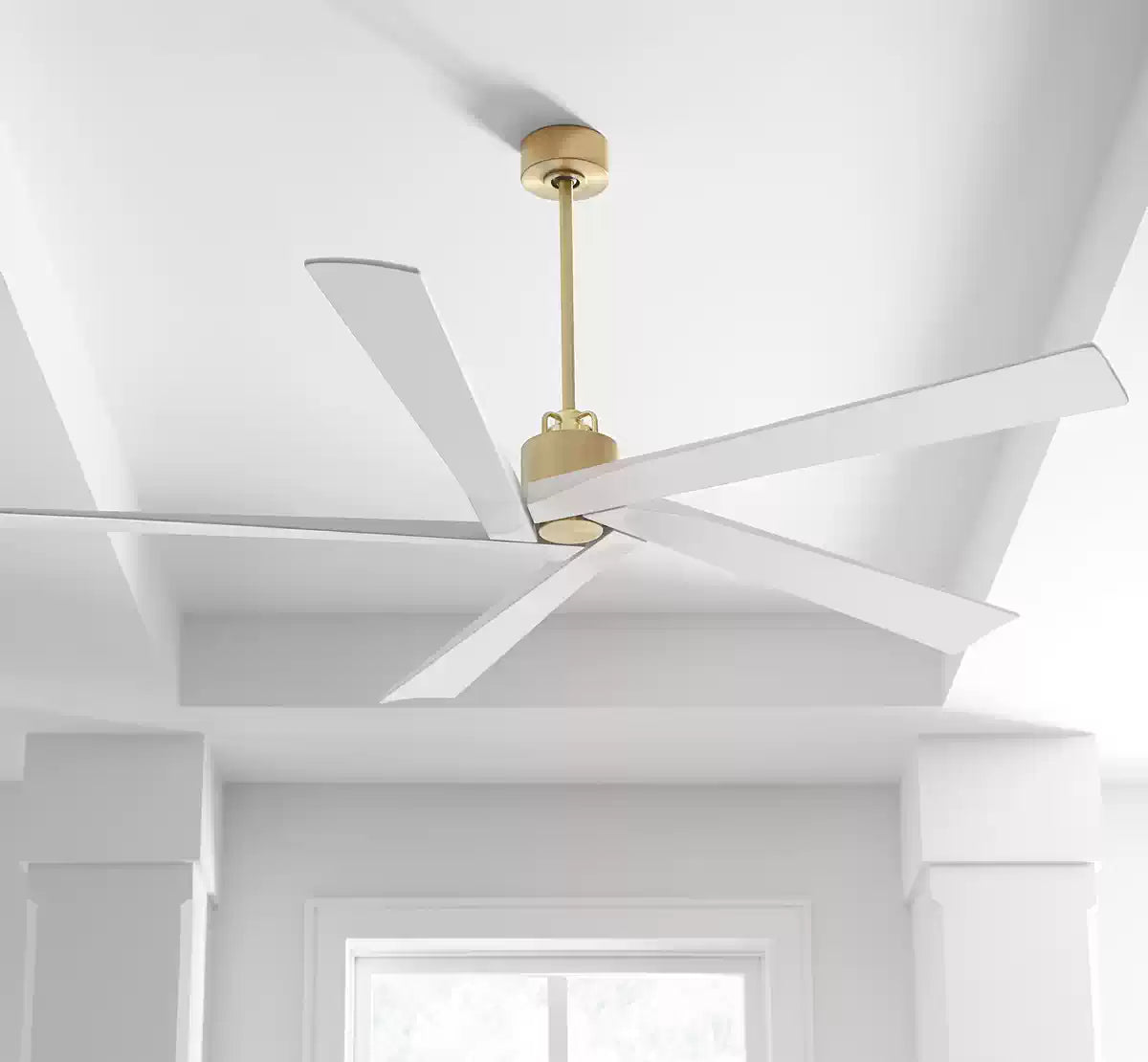
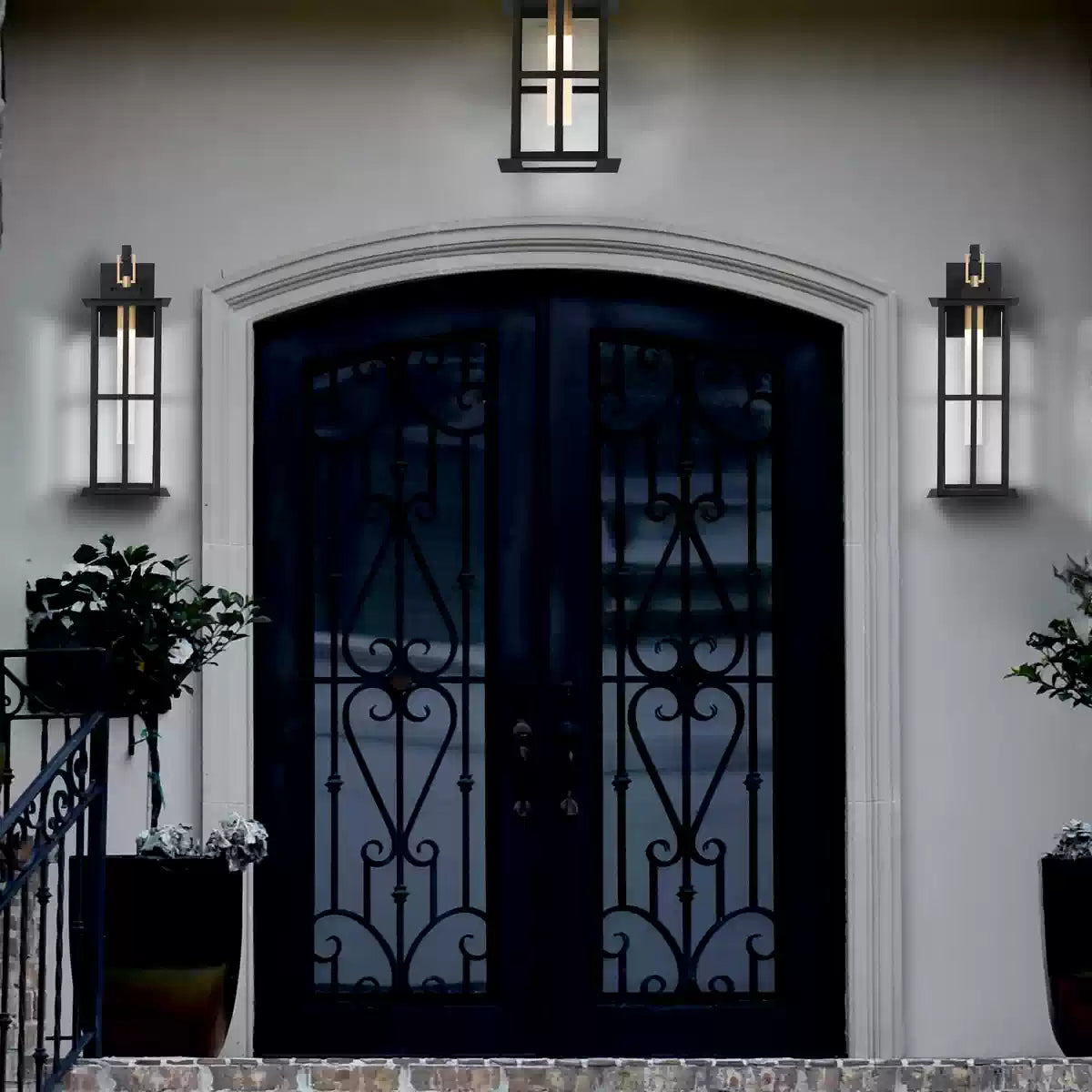

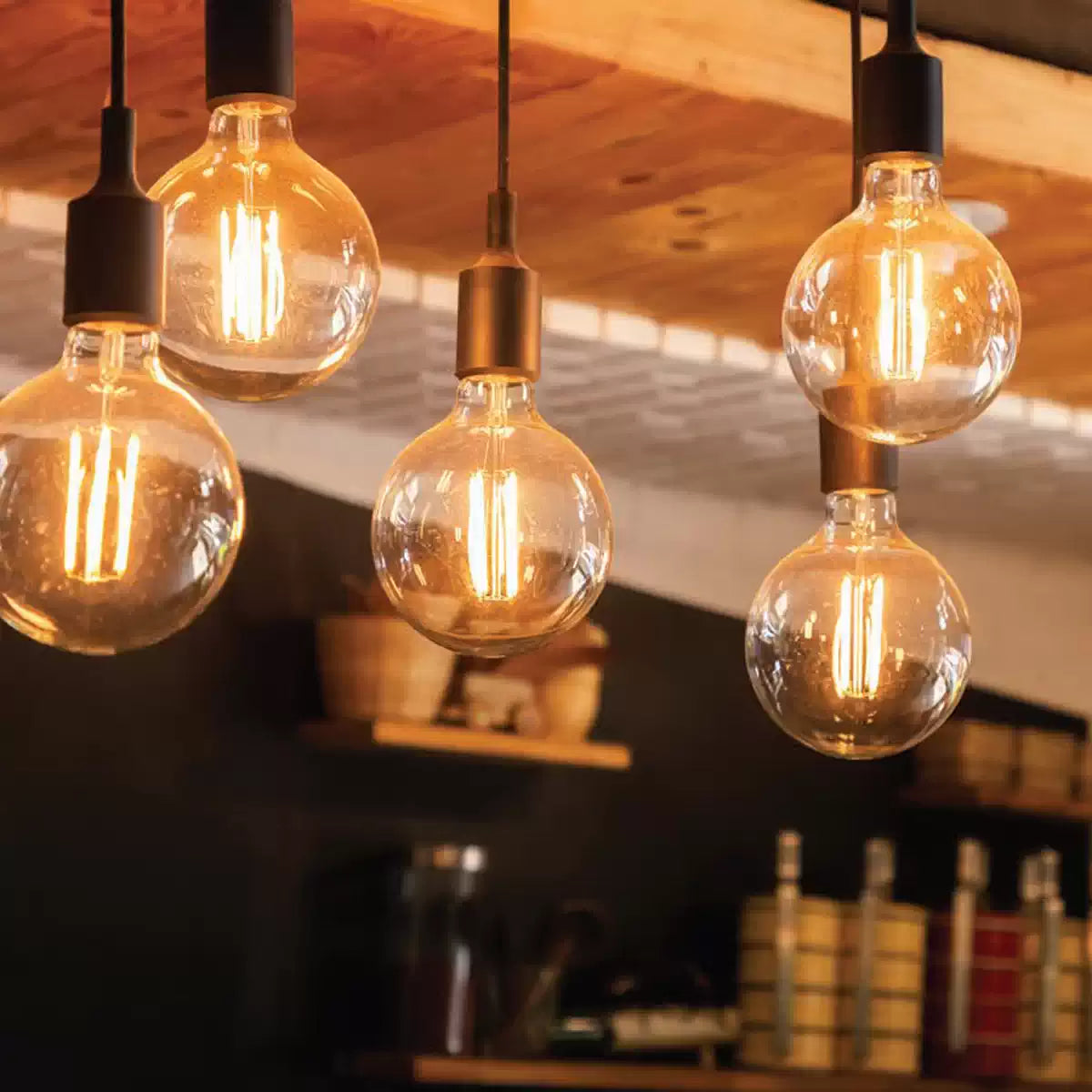


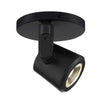





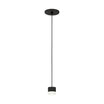
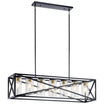


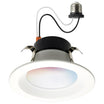



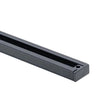
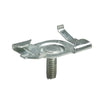


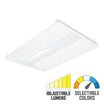
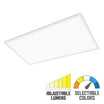
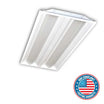







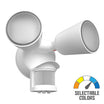


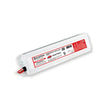
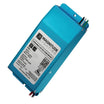
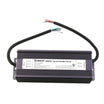

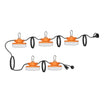


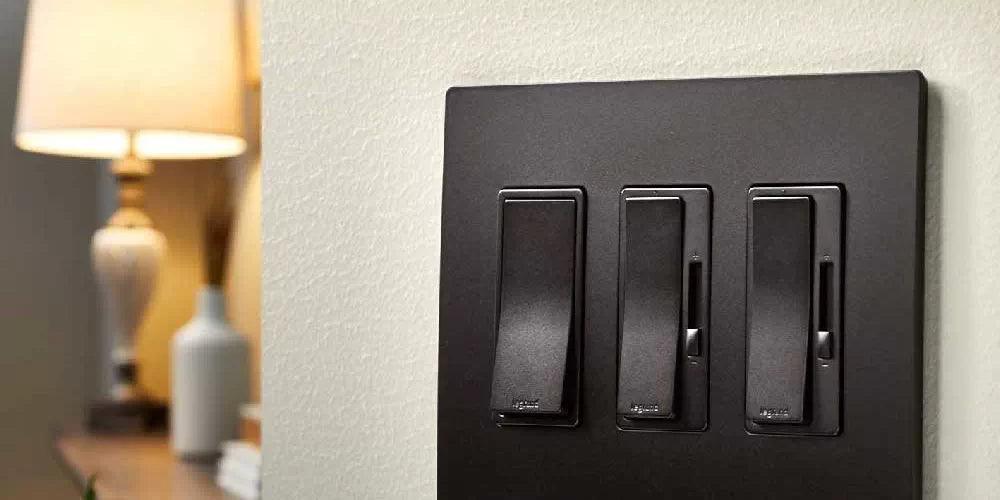
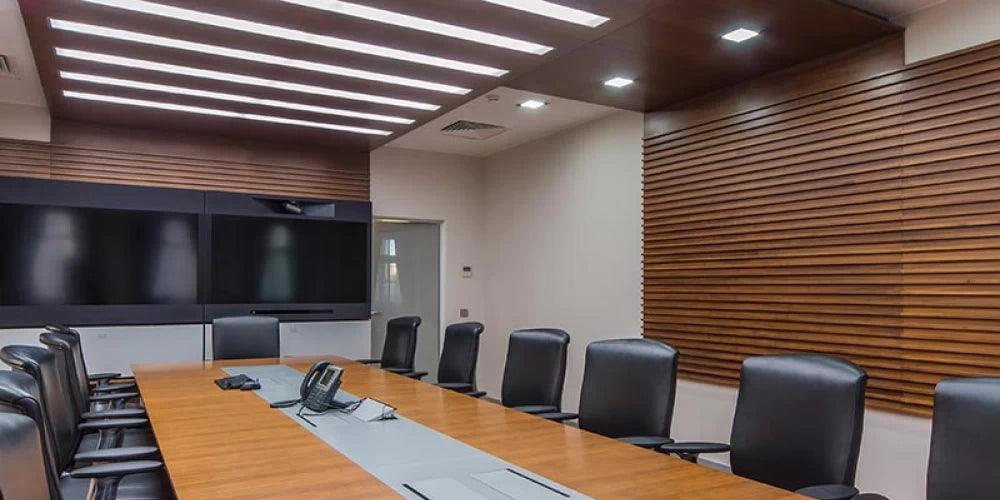
Leave a comment
All comments are moderated before being published.
This site is protected by hCaptcha and the hCaptcha Privacy Policy and Terms of Service apply.